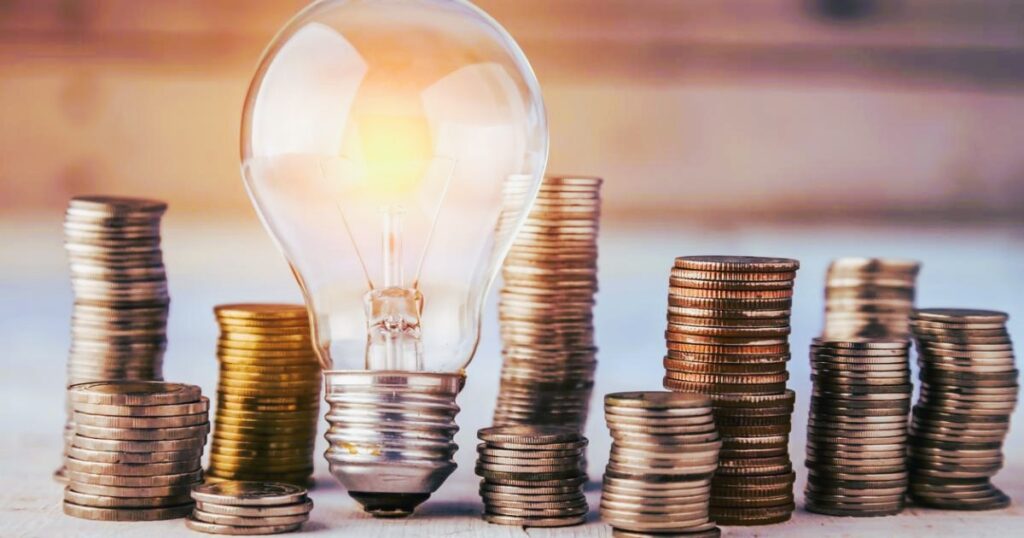In an era of rising energy costs and growing environmental concerns, reducing energy consumption has become a priority for many homeowners. One effective way to achieve energy savings is by investing in energy-efficient appliances. Energy-efficient appliances are designed to consume less energy while providing the same level of functionality and performance. In this article, we will explore the benefits of energy-efficient appliances and how they can help reduce energy consumption in your home.
1. Understanding Energy Labels:

Energy labels are an essential tool for comparing the energy efficiency of different appliances. These labels provide valuable information, such as energy consumption, annual energy costs, and energy efficiency ratings. In Canada, energy labels are based on standards set by the Canadian Standards Association (CSA) and Natural Resources Canada (NRCan). When purchasing appliances, look for the ENERGY STAR® label, which indicates that the appliance meets or exceeds specific energy efficiency guidelines.
2. Energy-Efficient Refrigerators:
Refrigerators are one of the most energy-consuming appliances in a typical household. Energy-efficient refrigerators use advanced insulation, improved compressors, and better temperature controls to reduce energy consumption. Look for models with adjustable thermostat settings, energy-saving modes, and automatic defrosting features. Proper maintenance, such as regular cleaning of condenser coils and ensuring proper door seals, also helps maximize the energy efficiency of refrigerators.
3. Efficient Washing Machines:
Washing machines consume significant amounts of energy and water during their operation. Energy-efficient washing machines are designed to use less water and energy by incorporating advanced technologies such as load sensors, efficient water heating, and shorter cycle options. Front-loading washing machines are generally more energy-efficient than top-loading models. Opt for washing machines with high spin speeds to reduce drying time and energy consumption.
4. Energy-Saving Dishwashers:
Dishwashers equipped with energy-saving features can help reduce water and energy consumption. Look for models with efficient water jets, adjustable cycle lengths, and load sensors that optimize water usage based on the number of dishes. Avoid using the dishwasher for small loads and choose air-drying options instead of heat drying to save energy. Exploring renewable energy options for home heating, see this link for more details.
5. High-Efficiency HVAC Systems:
Heating, ventilation, and air conditioning (HVAC) systems significantly impact energy consumption in homes. Upgrading to high-efficiency HVAC systems can lead to substantial energy savings. Look for systems with high Annual Fuel Utilization Efficiency (AFUE) ratings for furnaces and Seasonal Energy Efficiency Ratio (SEER) ratings for air conditioners. Proper installation, regular maintenance, and programmable thermostats also contribute to energy efficiency and savings.

6. Energy-Efficient Lighting:
Energy-efficient lighting options, such as light-emitting diode (LED) bulbs, can significantly reduce energy consumption compared to traditional incandescent bulbs. LED bulbs are more durable, produce less heat, and have a longer lifespan. They also come in various shapes, sizes, and color temperatures to suit different lighting needs. Consider replacing incandescent bulbs with energy-efficient alternatives to save energy and reduce replacement frequency.
7. Government Resources and Standards:
To learn more about energy-efficient appliances, you can refer to the Wikipedia page.
Investing in energy-efficient appliances not only reduces energy consumption but also leads to long-term cost savings and environmental benefits. By choosing appliances with energy labels, focusing on energy-efficient refrigerators, washing machines, dishwashers, HVAC systems, and lighting, homeowners can make significant strides in reducing their energy footprint and creating a more sustainable home.
